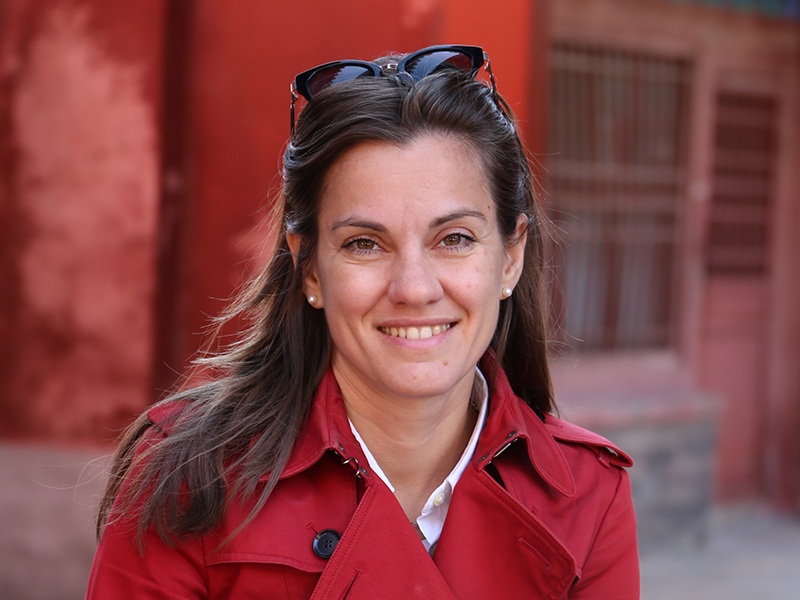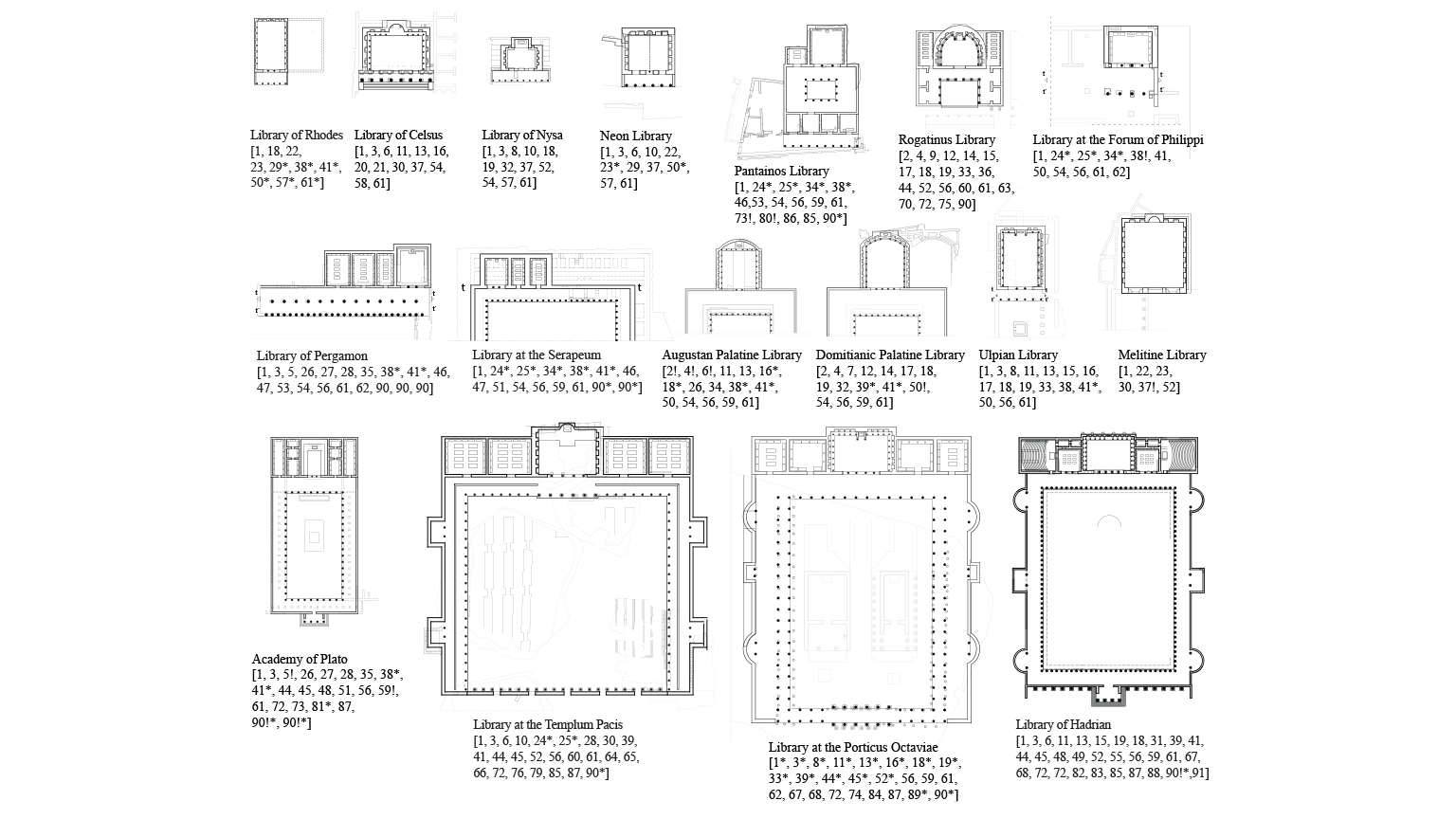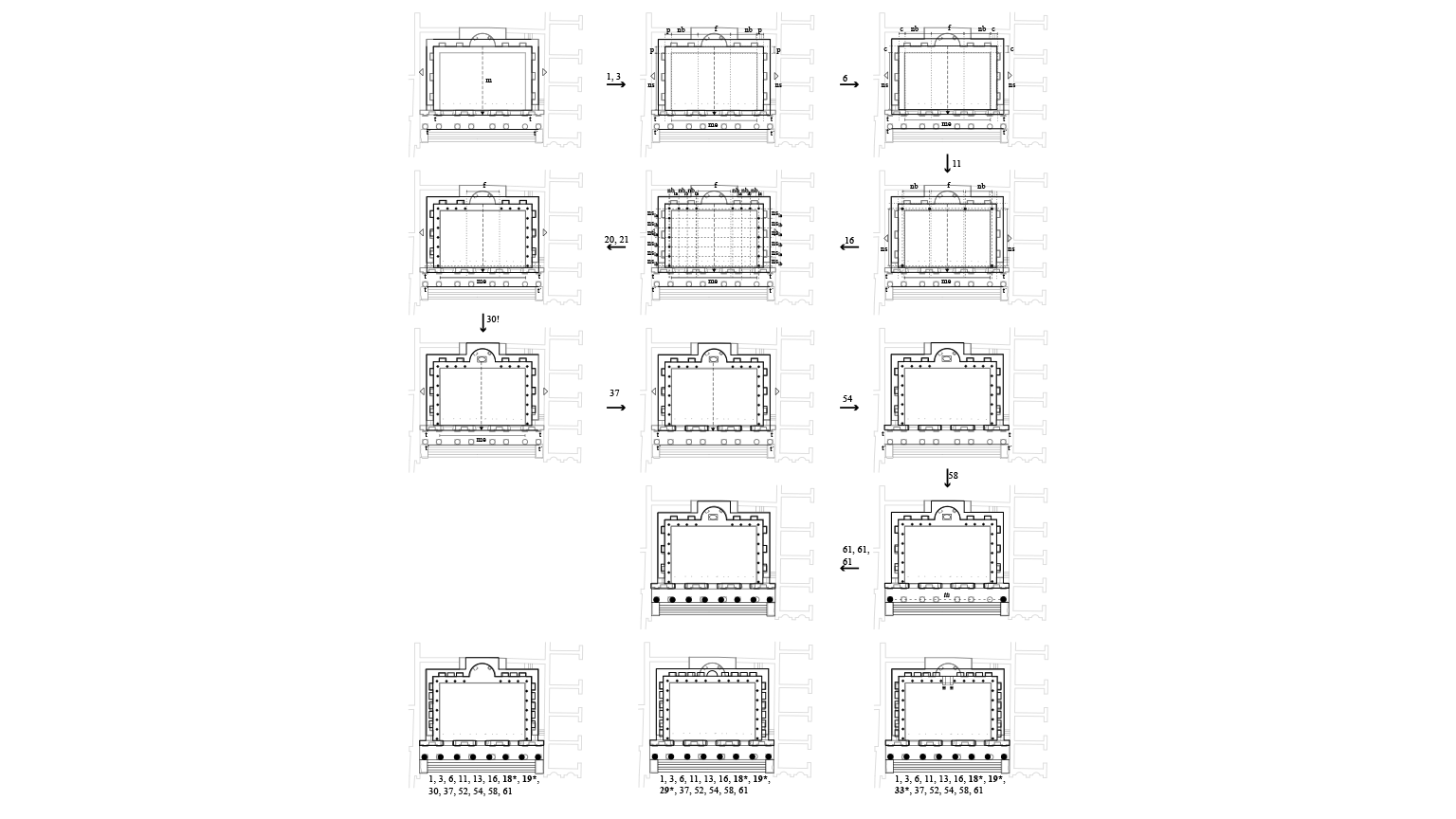Myrsini Mamoli
Lecturer
Education
Ph.D. Architecture, Georgia Tech, 2014
M.S. Cultural Technology and Communication, University of the Aegean, Greece, 2007
B.A. Archaeology and History of Art, Aristotle University of Thessaloniki, Greece, 2004
Biography
Myrsini Mamoli is an archaeologist and architectural historian with a specialization in the use of analytical and formal methods for the analysis and reconstruction of historical architectural designs. She holds a Ph.D. in Architecture (GATECH), an M.Sc. in Cultural Technology and Digital Media (University of the Aegean, Greece), and a BA in Archaeology and Art History (Aristotle University, Greece).
Her teaching and research interests and experience lie at the intersection of architectural history and computation. The key driver of her teaching and research lies on the exploration of the ways technology and computation shed new light upon historical analysis of the architecture and design of historical artifacts: Three-dimensional modeling, generative grammars, immersive and interactive digital environments with game engines, databases, are the technologies and methodologies she has employed complementarity to traditional historical research for the analysis, interpretation, and reconstruction of architectural building remains. Her area of expertise is Greek and Roman architectural history with a special research focus on the architecture of the ancient library. Her work on ancient libraries has been published at the Journal of Artificial Intelligence in Engineering, Design, Analysis, and Manufacturing and several peer-reviewed conference proceedings.
Before returning to Georgia Tech she was an Assistant Professor of Art History at LSU where she taught a series of courses on ancient Art and Architectural History and a seminar on the formal specification and analysis of ornament with the use of shape grammars and digital media. Her current work focuses on the automated reconstruction of archaeological fragments in plan using shape grammars. In collaboration with Dr. Bonna Wescoat and the excavation team at Emory University, she is testing the cutting-edge software developed at the Shape Computation Lab at Georgia Tech, Shape Machine, for the reconstruction of the Ionic Porch in Samothrace, a well-studied with traditional methods case-study, to explore the variation in reconstruction, as it is constrained by the archaeological evidence.
Keywords
Ancient Architectural history, Ancient Greek and Roman Architecture and Urbanism, Ancient Libraries, Digital archaeology, Digital Heritage, Grammars and Formal Theories of Style
Faculty Award of Merit, Best Ph.D. Dissertation Award, 2014
MIT visiting student fellowship, 2010 – 2012
Fulbright Fellowship for doctorate studies at Georgia Institute of Technology, 2006 – 2011
Gerondelis Foundation Fellowship for doctorate studies at Georgia Institute of Technology, 2007
Triantafyllou Foundation Fellowship for doctorate studies at Georgia Institute of Technology, 2006
Greek State Scholarships Foundation Fellowship for Erasmus Exchange Program, Institut für Klassische Archäologie, Freie Universität, Berlin, Germany, 2003
Books
Mamoli M. 2014. Towards a Theory of Reconstructing Ancient Libraries, Ph.D. Dissertation, Georgia Institute of Technology.
Mamoli, M. 2006. Immersion, Interactivity and Agency; a Digital Three-Dimensional Reconstruction of the Library of Nysa for the Resolution of Interpretative Problems, Masters Thesis, University of the Aegean.
Book Chapters
Mamoli M. 2021. “Shape Grammars as the Decoder of Cultural DNA of Archaeological Artifacts,” Lee JH. (eds) A New Perspective of Cultural DNA. KAIST Research Series. Springer, Singapore, p. 93-109.
Articles in Refereed Journals and Conference Proceedings
Mamoli, M. 2020. “A Shape Grammar for the Building-Type Definition of Ancient Greek and Roman Libraries,” Artificial Intelligence for Engineering Design, Analysis and Manufacturing (AIEDAM), Spring 2020, Vol.34, Special Issue 2, Cambridge University Press, p. 191-206.
Mamoli, M. 2019. “Shape Grammars as the Decoder of Cultural DNA of Archaeological Artifacts”, in Lee, Ji-Hyun (ed.),Cultural DNA Workshop 2019: Computational Studies of the Cultural Variation and Heredity, Proceedings of the 3rd Cultural DNA workshop, KAIST, Danjeon, South Korea, June 25, 2019, Korea Advanced Institute of Science and Technology, pp. 103-115.
Mamoli, M. 2018. “Shape grammars as a Probabilistic Model for Building Type Definition and Computation of Possible Instances: The Case Study of Ancient Greek and Roman Libraries" in Gero, J.(ed.), Design Computing and Cognition ’18, Proceedings of the 8th International Conference Design Computing and Cognition, Politecnico di Milano, Lecco, Italy, 2–4 July 2018, Springer, pp. 499-518.
Mamoli M. 2015. “Library Grammar: A Shape Grammar for the Reconstruction of Fragmentary Ancient Greek and Roman Libraries” in Martens, B, Wurzer, G, Grasl T, Lorenz, WE and Schaffranek, R (eds.), Real Time - Proceedings of the 33rd eCAADe Conference - Volume 1, Vienna University of Technology, Vienna, Austria, 16-18 September 2015, pp. 463-470.
Mamoli, M. and T. Knight, 2013. "Reconstructing Fragments: Shape Grammars and Archaeological Research." in Earl, G. T. Sly, A. Chrysanthi, P. Murrieta-Flores, C. Papadopoulos, I. Romanowska, and D. Wheatley (eds.), Archaeology in the digital era: papers from the 40th Annual Conference of Computer Applications and Quantitative Methods in Archaeology (CAA), Southampton, 26-29 March 2021, pp. 888-896




